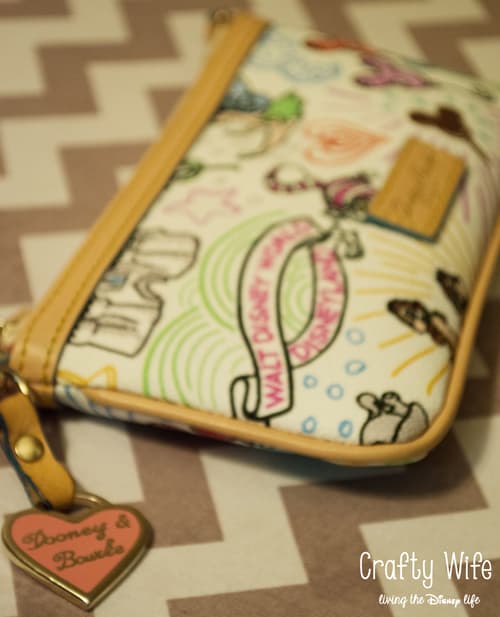Learning Aperture: Assignment 1.1
It’s official, the first challenge of our Photography Challenge is over!
If you’ve followed along with other posts from the series, then you’ll know we’re following the lessons from No Bad Photo. Our first challenge was the learn how to shoot in Aperture Priority Mode! Don’t know what that is? Don’t worry, I’ll fill you in below!
This post contains affiliate links. I may earn commission from qualifying purchases at no additional cost to you. I will never recommend a product I don’t use or trust.
What is Aperture Priority Mode?
It’s a semi-manual mode in which you choose the lens opening (f/stop) and the camera figures out the best shutter speed for your picture.
We learned….
- A camera’s aperture setting controls how much light passes through the camera lens opening.
- Aperture settings are called f/stops. The bigger the f/stop number the smaller the lens opening for light to get through. The smaller the f/stop number the larger the lens opening for light to get through.
- Aperture affects a photographs depth of field.
- Depth of field measures how far the field of focus is in a photograph. Lower f/stop numbers equal a shallow depth of field (blurred backgrounds) and higher f/stop numbers equal a deeper depth of field (more things will be in focus).
Our assignment was…
- Set our camera’s to Aperture Priority Mode.
- Set the ISO to 400 (if outside) and 1600 (if inside with low lighting).
- Take multiple pictures. One at the lowest f/stop your camera could go, one at the middle f/stop (f/8), and one at the highest f/stop (either 22, 32, or 36 depending on your camera lens).
The lowest f/stop causes a small depth of field, so the background is always out of focus. These are my favorite types of photos.
ISO: 400
Shutter Speed: 1/8
The larger f/stop has deeper depth of field which means everything in my picture is in focus.
ISO: 400
Shutter Speed: 4
Well, I obviously didn’t read the instructions very well because I only took pictures in the low and high f/stops. Oops! Next time I’ll read the instructions more carefully!
What I learned:
Aperture Priority Mode is a lot of fun to shoot in. I liked only having to focus on the f/stop number and let the camera figure out the correct shutter speed for me. One thing I did notice was that if you take a photo with your ISO set at 1600, you may get a grainy picture. This only happens if there isn’t enough light on your subject though! So, whether you’re shooting outside or inside, make sure lots of light is surrounding your subject!
I think the hardest part of this challenge for me was finding a subject to photograph at ISO 1600. I did mine at night so I tried to get as much fluorescent light in the picture as possible but I still don’t think it was enough. Shooting in low-light situations has always been a little hard for me so I’m hoping that will be something I improve on as we go through all the lessons.
Random Stuff:
It’s been an interesting two weeks to say the least. I was trying to take more photos for the challenge (any excuse to use my camera!) when it stopped working. Chris and I were on a walk and all the sudden I got an error code every time I tried to press the Shutter Release button. So frustrating! I’ve only had my camera for four months so I was extremely bummed about the situation. Right now it’s in New York, getting fixed by Nikon and will hopefully be back to me soon. As long as it’s back before my photography class on April 5th, I’ll be happy. But, if they want to send it back even sooner that would be great too.
So, that is the story behind our first challenge. Are you following along with us? How did you do?
You can follow along with the lessons here.
And you can join/view our Flickr group here.
If you’re doing the challenge with us and are writing about it on your blog, make sure to link up below! I’d love to see how you did and what you learned!
‘); // ]]>






I knew there was something I was forgetting. Can’t wait to read up on shutter speed now!
haha Thanks for linking up Dee! So excited to see what your pictures look like after the next lesson!